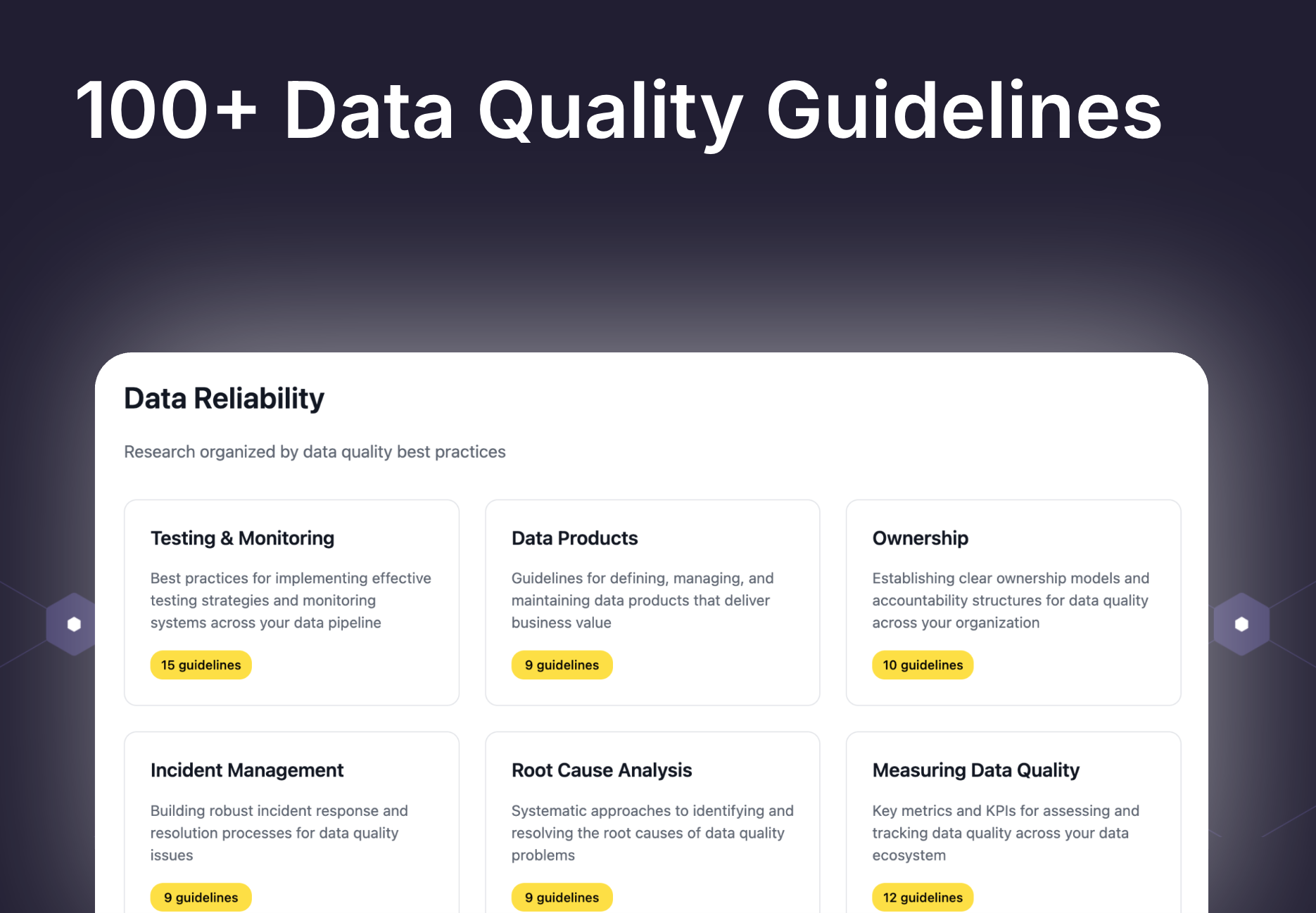Data and product to engineer ratio at 50 tech scaleups

Note: You can explore all the data of this analysis here: databenchmarks.com
Diving into data for 50 tech companies about the number of people in data, engineering and product roles reveals interesting patterns about how they operate.
We’ve used publicly available data from LinkedIn on tens of thousands of profiles to examine how many people are in data, engineering and product roles. We’ve used the following job titles to group profiles
- Data: Data analyst, data scientist, machine learning engineer, data engineer, product analyst, business intelligence, data warehouse, analytics engineer, data manager, data lead, head of data, data director, vp of data, chief data officer
- Engineering: Engineer/engineering (all matches but excluding data engineer), developer, tech/technical lead, chief technical officer
- Product: Product manager, product lead, head of product, director of product, vp of product, chief product officer
We also look into the data, engineering and product teams relative to the overall company size. A few companies such as Instacart, Doordash and Remote have many profiles listed in operational and contractor roles which make the overall company size harder to compare to their peers.
Data and product to engineering ratio
For the companies in the sample, the median data to engineer ratio is 0.13x and the median product to engineer ratio is 0.12x. While it’s more common to have a slightly a larger data team relative to the product team, there are also companies where the product team outnumber the data team.

Deep dive into the data used here: databenchmarks.com
The companies can be grouped into data first, product first and engineering first.
Data first: Data led companies have large data teams relative to the engineering team. These companies typically have business models where data directly contributes to the bottom line such as Tinder, Doordash and Instacart that all use data as a core part of their business model and operations.
Product first: Some companies such as Personio, checkout.com and Cover Genius have relatively larger product teams. There’s not one factor that determines why this is the case. Cover Genius for example have a handful of people employed with the “Insurance Product Manager” title.
Engineer first: These are predominantly platform and development heavy companies such as Rippling, GitLab and GitHub. In many cases they have engineers carry out part of the job that overlaps with what the product and data team would normally do.
Engineering to data and product ratio
If we flip the ratio around and look at the number of engineers relative to the data and product team it’s clear that companies such as GitHub, Webflow and GitLab heavily outnumber other companies with more than 15 engineers per product and data person.

Looking at the stats for data, product and engineering teams relative to the total number of employees gives another perspective. There are a few caveats with the data such as Doordash, Instacart and Remote having many contractor workers making the total number of employees much higher and skewing comparisons.
Data team relative to overall company size
The data team size relative to overall company size ranges from 1% to 5%. The list is topped by well known B2C and B2B brands such as Loom, Faire and Typeform.

Product team relative to overall company size
The product team relative to total company size also falls within the 1% to 5% range.

Engineering team relative to overall company size
With 37% of employees in engineering roles GitHub comes out top of the list. Companies with the relatively smallest engineering teams have around 12% of total employees in engineering roles.

All data has been extracted in April 2023. Some people may not have updated their LinkedIn job title to their most recent job and will not be included. We’ve spot checked many of the data points by interviewing people from the companies listed and the numbers are overall close to what they reported.




